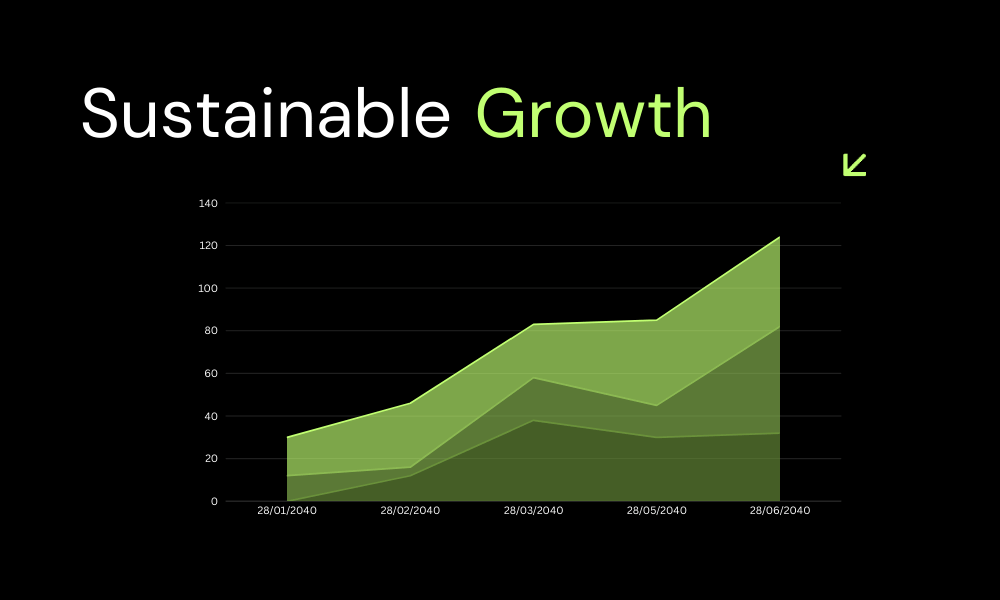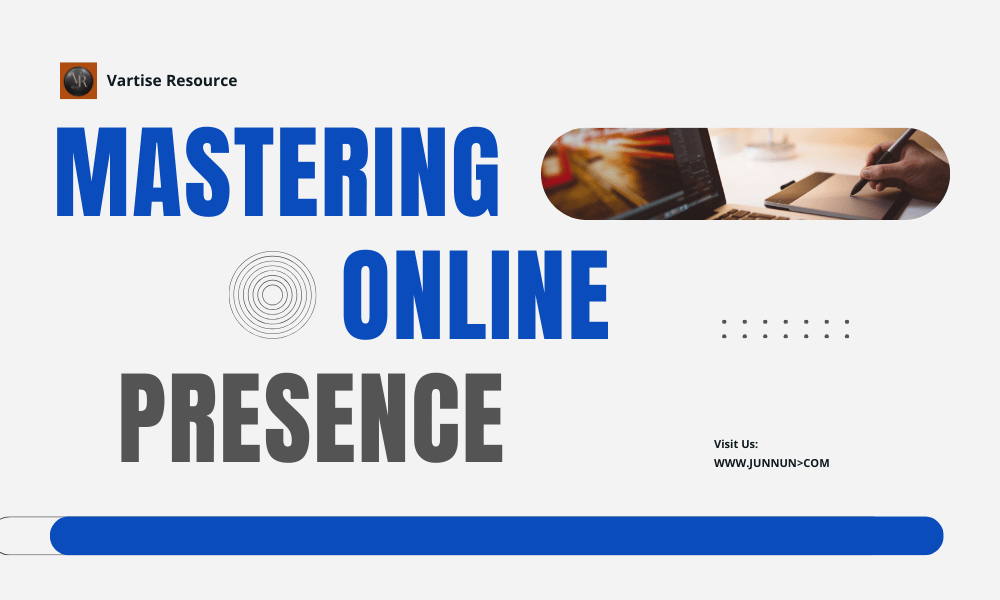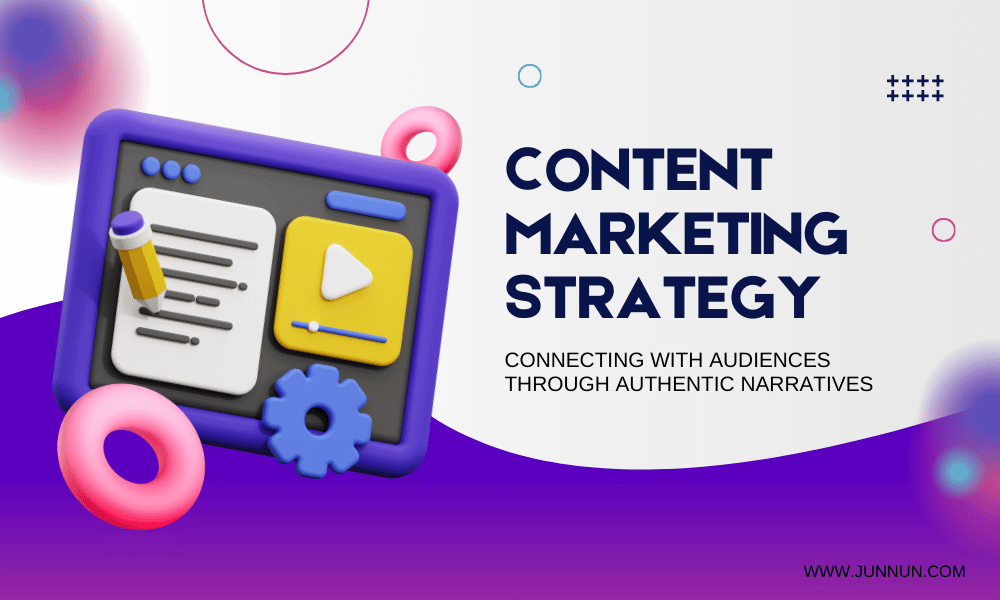Written By Junnun Mojumder
In today’s fast-paced business world, building a brand is no longer just about having a catchy logo or a memorable slogan. It’s about creating a powerful identity that resonates with your audience, builds trust, and endures over time. This is where brand development strategies play a vital role.
Whether you’re a startup, small business, or established enterprise, sustainable growth depends on how effectively you position your brand in the marketplace. In this article, we’ll explore 10 winning brand development strategies that can help you strengthen your identity, gain customer loyalty, and achieve long-term success.

What is brand development?
Brand development is the continuous process of creating and strengthening your professional identity. It goes beyond just “branding”—it’s about shaping how your customers perceive your business, ensuring your values align with their expectations, and positioning your company as a trusted leader in your industry.
While branding refers to the visual components, such as logos, fonts, and colors, brand development digs deeper into your mission, voice, personality, and promise. It’s the foundation of how people connect with your business on both emotional and practical levels.
Why Are Brand Development Strategies Relevant for Sustainable Growth?
Sustainable growth isn’t just about getting quick wins; it’s about staying relevant and competitive for the long haul. Effective brand development strategies can:
- Increase customer recognition and trust
- Build long-lasting loyalty
- Differentiate your business from competitors
- Drive consistent sales and revenue growth

Consider top brands like Apple, Nike, and Starbucks. Their success stems not only from innovative products but also from well-planned and powerful brand development strategies that fuel lasting growth and a strong market presence.
10 Winning Brand Development Strategies
1. Define a Clear Brand Identity
Every successful brand starts with a well-defined identity. This includes your mission, vision, values, and personality. Ask yourself:
- What does my brand stand for?
- What unique value do I provide to my audience?
- How do I want customers to feel when they interact with my brand?
Consistency is key. From your website to your business cards, your identity should shine through in every interaction.
2. Understand Your Target Audience
To understand the businesses, they must analyse demographics, preferences, and behaviours. Implementing tailored brand development strategies helps meet audience needs, increase engagement, and build stronger connections.
This approach ensures better conversions, customer loyalty, and sustainable growth, making your brand more relevant and competitive in the market.
3. Create a Memorable Brand Story
People don’t just buy products—they buy stories. A strong brand story makes your company relatable and memorable. Share how your business started, the challenges you’ve overcome, and the values you uphold.
For example, TOMS Shoes built its brand around a simple yet powerful story: “One for One”—for every pair of shoes sold, another is donated to a child in need.
4. Build a Strong Online Presence
In today’s digital era, your online presence shapes first impressions. Prioritise a professional, user-friendly website, engaging social media platforms, and strong SEO strategies to rank higher in search engines.
Enhanced online visibility builds credibility, fosters trust, and enables meaningful connections with customers worldwide, driving growth and lasting engagement.

5. Deliver Consistent Customer Experience
Your brand isn’t just what you say it is—it’s what customers experience. Consistency across all touchpoints, from your website to your customer support, builds trust and reliability.
For instance, Amazon has grown into a trusted brand largely because of its seamless, predictable, and customer-focused shopping experience.
6. Leverage Content Marketing
Harness the power of content marketing to elevate your brand awareness and engagement. By creating impactful blogs, videos, and social media content, businesses can effectively connect with their audience, assert their authority, and generate valuable leads.
A strategic content marketing approach not only boosts visibility but also builds trust and firmly positions your brand as an industry leader in a competitive landscape.

7. Invest in Visual Branding
Your logo, colour scheme, typography, and design elements are the visual DNA of your brand. They should reflect your personality and appeal to your target audience.
Consider Coca-Cola—its distinctive red-and-white branding is instantly recognisable worldwide. Visual branding consistency helps strengthen recall and recognition.

8. Build Partnerships and Collaborations
Partnering with like-minded brands can expand your reach and add credibility. Collaborations create new opportunities and often introduce your brand to audiences you wouldn’t have reached otherwise.
For example, Nike’s collaborations with athletes and celebrities have significantly boosted its brand value and visibility.
9. Encourage Customer Feedback and Engagement
Your customers are your brand’s best critics and supporters. Encourage feedback through reviews, surveys, and social media engagement. Use this input to improve your offerings and strengthen your reputation.
When customers see their voices matter, they feel more connected and loyal to your brand.
10. Focus on Long-Term Brand Loyalty
Building lasting relationships with your customers is key to sustainable growth. Focused loyalty strategies ensure consistent engagement, stronger connections, and long-term success in a competitive market. Create programs that turn them into ambassadors who spread positive word-of-mouth.
Remember, loyal customers spend more, recommend more, and stay with you longer.
Common Mistakes to Avoid in Brand Development
- Inconsistency in messaging: Confuses customers and weakens credibility.
- Ignoring customer feedback leads to dissatisfaction and missed opportunities.
- Copying competitors: Destroys authenticity and differentiation.
Future Trends in Brand Development
- AI-driven personalisation: Delivering tailored experiences with smart data.
- Sustainability and ethics: Customers increasingly choose eco-conscious brands.
- Micro-influencers and niche communities: Growing importance in brand promotion.
Conclusion
Brand development isn’t a one-time project—it’s a continuous journey. By implementing these 10 winning brand development strategies, businesses can build strong identities, earn customer trust, and achieve sustainable growth.
Start small, remain consistent, and always put your customers at the heart of your strategy. Remember, a well-developed brand doesn’t just survive market changes—it thrives.
Frequently Asked Questions (FAQs)
1. What is the difference between branding and brand development?
Branding focuses on visual elements like logos, colours, and slogans, while brand development is a long-term process that builds identity, trust, values, and customer perception.
2. Why are brand development strategies important for small businesses?
They help small businesses stand out, build credibility, attract loyal customers, and compete effectively with larger brands.
3. How long does it take to develop a strong brand?
Brand development is an ongoing process. While initial recognition may take months, building long-term loyalty and authority can take years of consistent effort.
4. Can digital marketing improve brand development?
Yes. Digital marketing tools, such as SEO, social media, and content marketing, amplify visibility, improve engagement, and enhance brand reputation online.
5. What role does customer feedback play in brand development?
Customer feedback helps businesses refine their products, improve experiences, and build stronger emotional connections with their audience.
6. How do collaborations help in brand development?
Partnerships with like-minded brands or influencers expand reach, enhance credibility, and introduce your business to new customer segments.
7. What are the common mistakes to avoid in brand development?
Key mistakes include inconsistent messaging, ignoring customer feedback, and copying competitors—these can harm trust and authenticity.


4jqoxf
b1z0ih
That’s a great observation! Indeed, when branding and digital marketing work hand in hand, they do much more than just capture attention — they create meaningful relationships that drive loyalty, trust, and long-term business growth.
Can you be more specific about the content of your article? After reading it, I still have some doubts. Hope you can help me. https://www.binance.info/tr/register?ref=MST5ZREF
Thanks for sharing. I read many of your blog posts, cool, your blog is very good. https://accounts.binance.info/en-NG/register?ref=YY80CKRN
Thank you
Your point of view caught my eye and was very interesting. Thanks. I have a question for you.